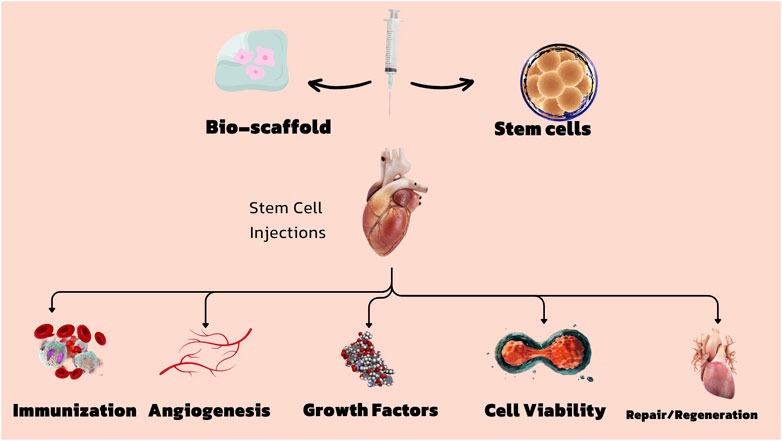Table of Contents
The authors note obstacles that remain, including boosting the engraftment success and cell survival. Due to the fact that the ISCI and Miller College are leaders in this field, the authors also emphasize the requirement to standardize definitions and outcomes procedures in the area. "The Hare Laboratory continues to be at the forefront of pioneering brand-new therapies in this essential clinical domain.
Currently we are discovering exactly how to harness such stem cells to assist patients heal their own broken hearts."The study is directed by the Cedars-Sinai Heart Institute, with the collaboration of the Johns Hopkins University, where Dr. Marbn worked prior to joining Cedars-Sinai in 2007. The 24 clients joining the research have hearts that were damaged and marked by heart strikes.

It takes around four weeks for the cells to increase to numbers sufficient for therapeutic usage, around 10 to 25 million. In the 3rd and final step, the now-multiplied stem cells are re-introduced into the individual's coronary arteries throughout a 2nd catheter procedure. All clients in the study needed to have experienced heart strikes within four weeks prior to enlisting in the research job.
Later this summer season, it is expected that 12 even more patients will certainly go through procedures to get 25 million stem cells, while 6 added patients will be monitored as controls. The first individual, Kenneth Milles, a 39-year-old controller for a small building and construction firm in the San Fernando Valley, experienced a cardiovascular disease on May 10 because of a 99 percent blockage in the left anterior coming down artery, a significant artery of the heart.
The process to grow the cardiac-derived stem cells associated with the study was established by Marbn when he got on the professors of Johns Hopkins College. The university has applied for a patent on that particular copyright, and has actually certified it to a company in which Dr. Marbn has an economic interest.

All funding was stemmed from the National Institutes of Health, the Donald W. Reynolds Structure and Cedars-Sinai Medical Center. Marbn holds The Mark Siegel Household Structure Endowed Chair and Supervisor of the Heart Institute.
Understanding the use of stem cells for Heart Disease
Cardiac arrest is an acute or persistent condition that affects countless individuals worldwide. The most generally approved methods of therapy typically consist of sign monitoring and medicine taken for life, so the burden brought on by the problem is heavy. Stem cell treatment for cardiac arrest has actually become a new means to treat and take care of the core of the condition.
Nevertheless, stem cell treatment can aid to relieve signs and boost the heart's pumping capacity. This therapy uses the ability of stem cells to self-regenerate and self-heal. Adhering to the admission of stem cell shots for heart disease, numerous devices enter play: Stem cells for cardiac arrest promote the development of specialized heart muscle mass cells and restore harmed cells, boosting the heart's pumping capability.
These are kinds of adult stem cells that are acquired from bone marrow, fat tissue, and skin cells. These are the most typical and well-researched types of stem cells.
These are acquired from embryos and have the pluripotent capacity to change right into any type of kind of cells, consisting of cardiac ones. The primary trouble with these cells is that, as they are taken from embryos, they have many moral and legal constraints and are just utilized in details scenarios. for the factors discussed above.
Where to get stem cell therapy focused on Arrhythmias
These cells come from in the heart and are well-suited to heart repair service. Clinical Expert, Swiss Medica doctor The application and treatment of stem cell treatment is composed of 5 actions: Patients begin with an on-line appointment with our medical consultant and are after that assessed by a cardiologist, who will certainly obtain the needed clinical background, carry out blood tests, and request imaging researches to determine whether stem cell therapy for heart failing is a viable choice.
We administer stem cells via pain-free stem cell shots for congestive heart failing. An extremely trained doctor will infuse processed stem cells into the blood stream; the whole procedure takes less than an hour. After completing the heart disease stem cell treatment procedures, our clients will certainly be kept track of for any problems and outcomes.
Navigation
Latest Posts
How to access stem cell therapy focused on Arrhythmias
Regenerative injections targeting Heart Failure with minimal downtime
Breakthrough option for Peripheral Artery Disease that uses stem cells